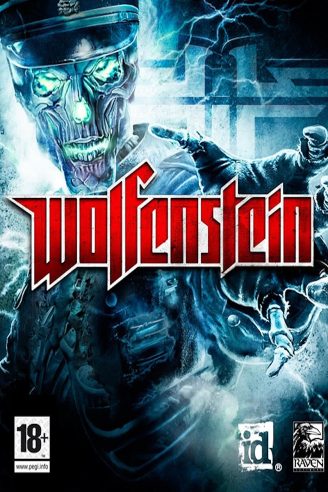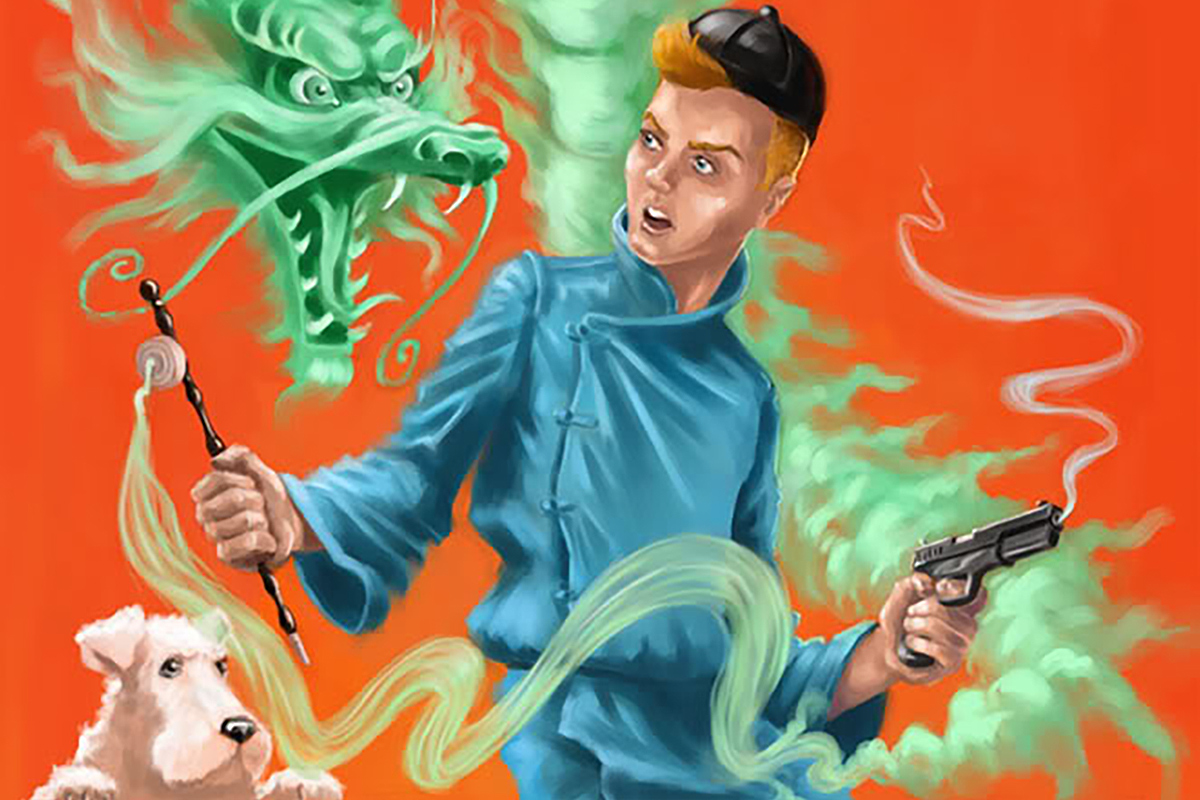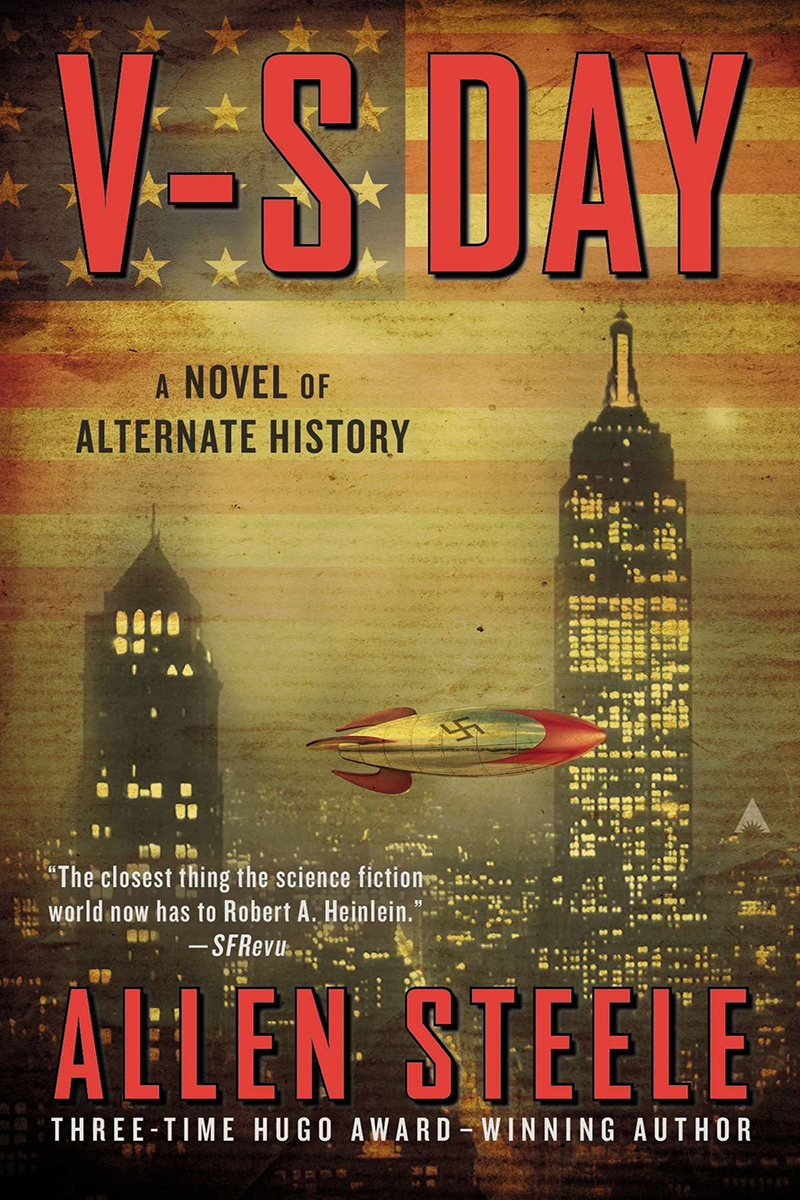The Wolfenstein series has been around since 1981 for the Apple II computer. Things have much changed since then, though, and the games have seen many incarnations across numerous platforms with ever different plots.
The latest is for the Playstation 3 and fits in with the more modern plotline of Wolfenstein’s canon (which builds on the 1990s game Wolfenstein 3D and the later sequel, Return to Castle Wolfenstein) and like them is a first-person shooter.
The player takes on the role of William “B.J.” Blazkowicz, a special Allied agent in the Second World War, in his fight against General Zetta and General Wilhelm “Deathshead” Strauss of the SS Paranormal Division.
These sinister antagonists are responsible for a plethora of evil experiments and research into potentially war-winning weapons, which B.J. must confound throughout the games. The latest installment surrounds the mysterious “Veil”; a shadowy dimension parallel to our own, which possesses in its dark halls a power source (known as Black Sun energy) which the Nazis are hoping to harness into a war-winning weapon.
As the game progresses, more is learned of this mysterious world beneath a black sun (which gives the powerful energy its name) and the ancient race known as the Thule, who tampered with that dark dimension.
The Veil’s properties can be harnessed by B.J. to allow the player to slow down his enemies or create a shield of energy about him. These powers are nothing new to gamers and merely provide other before-seen abilities.
The weapons available are plentiful and each one can be upgraded with many features, such as scopes, larger caliber boring and silencers, which give you more of an edge as you advance through the different missions.
The mechanics of the game are pleasant, as are the graphics, which, although not top-draw, are good.
The variety of enemies is also challenging. B.J. must battle with normal Heer infantry, sinister extra-dimensional beings and much more in between.
The levels are well designed, set about the town of Isenstadt, where the Paranormal Division are conducting their research. The player gets to fight through many such levels like the streets of the town, an SS headquarters and a hospital.
Of particular genre interest: one of the last levels takes place onboard a giant zeppelin, which can be seen floating over the town in earlier parts of the game.
The only floor with gameplay is the seemingly linear mission setup. The two factions which one must report to for missions, the resistance and a society of occult scholars, just hand out objectives and tell you where to go. There is an illusion of free play, like that in Far Cry 2, but much, much weaker.
In fact, the “free-roaming areas” of Isenstadt are small and quickly become tedious as you must traverse them regularly between the faction safe houses and mission areas.
This doesn’t make it any less of a good game, however, yet it would have been nice if these ideas had been further developed.
The multiplayer options are unremarkable, with few match-types and maps compared to say, Call of Duty: World At War, let alone Far Cry 2. This means that Wolfenstein misses out on what makes a game successful among such competition.
The plot and science-fiction details are admirable as a true benchmark of this Weird War genre, but the game itself is lacking in explorative gameplay and online options.
It would be great to see more games like Wolfenstein — the imagination that went into level design and characters is fantastic — but more gameplay options and expansive mission levels could have made this a real class-A game.
This story first appeared in Gatehouse Gazette 8 (September 2009), p. 26, with the headline “Nazi Madness; Wolfenstein”.





